One Of The Biggest Ancient Whale Graveyards Isn’t Underwater — It’s Actually in a Desert

About 100 miles south-west of Cairo, into the immeasurable landscape of Egypt’s Western Desert, an eerie wilderness materializes that gazes at the passing humans from the eyes of a mysterious past. A 75 square-mile stretch enshrouded in a cover of sand as golden as the jewellery of the Egyptian princesses who once lived here. The valley hums with a sinister silence and ominous winds that slap the overlapping footprints visitors have printed in the sand. For miles and miles, grotesque rocks stare at the skies above, like strange alien faces, as Live Science describes.
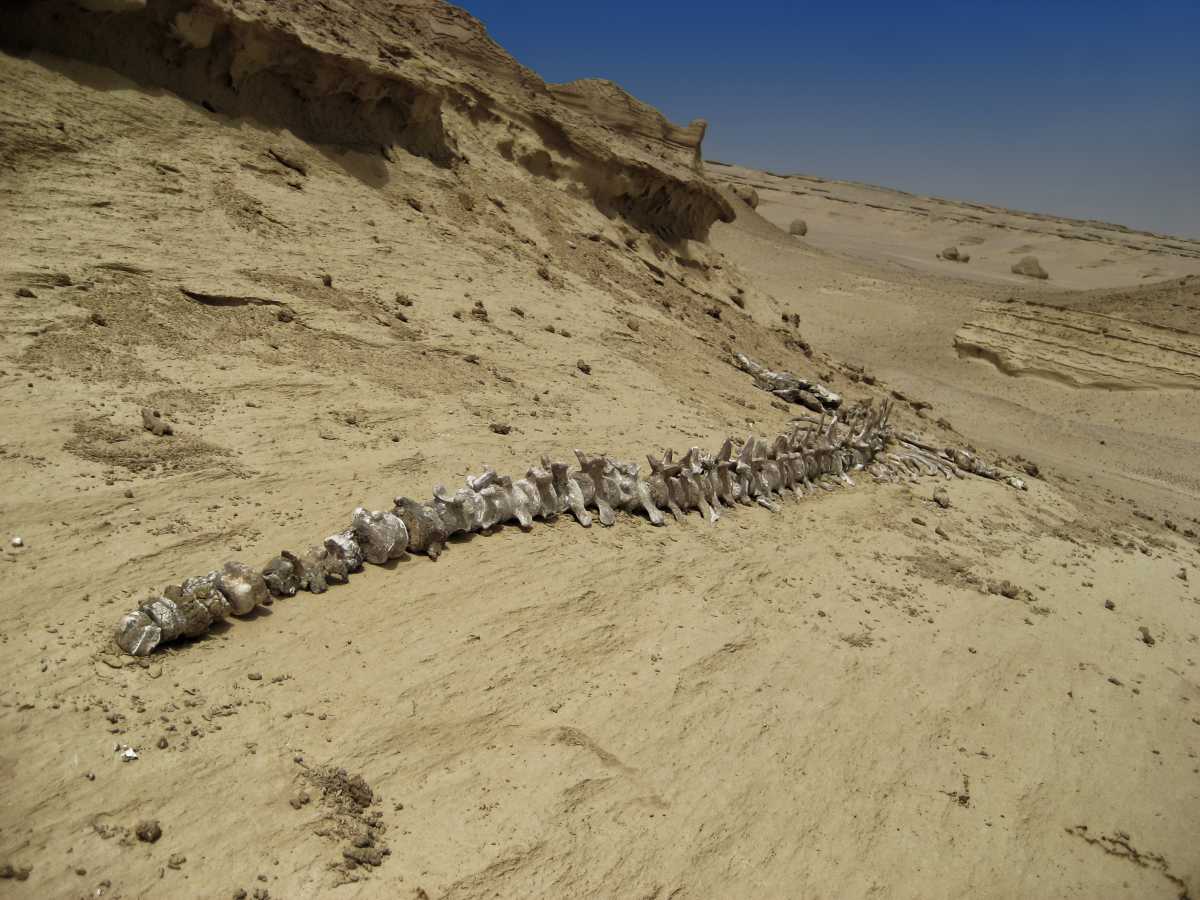
Ochreous scatterings of rotundas and toadstools glitter under the blazing daylight like cookies freshly baked in an oven. Bone fragments are clattered across the golden bed, telling anecdotes of forgotten times. But what’s most dramatic about this barren badland is that it holds postcards of a time when whales weren’t just ocean creatures, but monsters walking on land. Wadi Al-Hitan, translated in English to “Whale Valley,” cradles one of the greatest mysteries of evolution. Its immense desertscape is concentrated with millions of whale skeletons, which now sit as an open-air museum in Egypt’s Faiyum Desert.
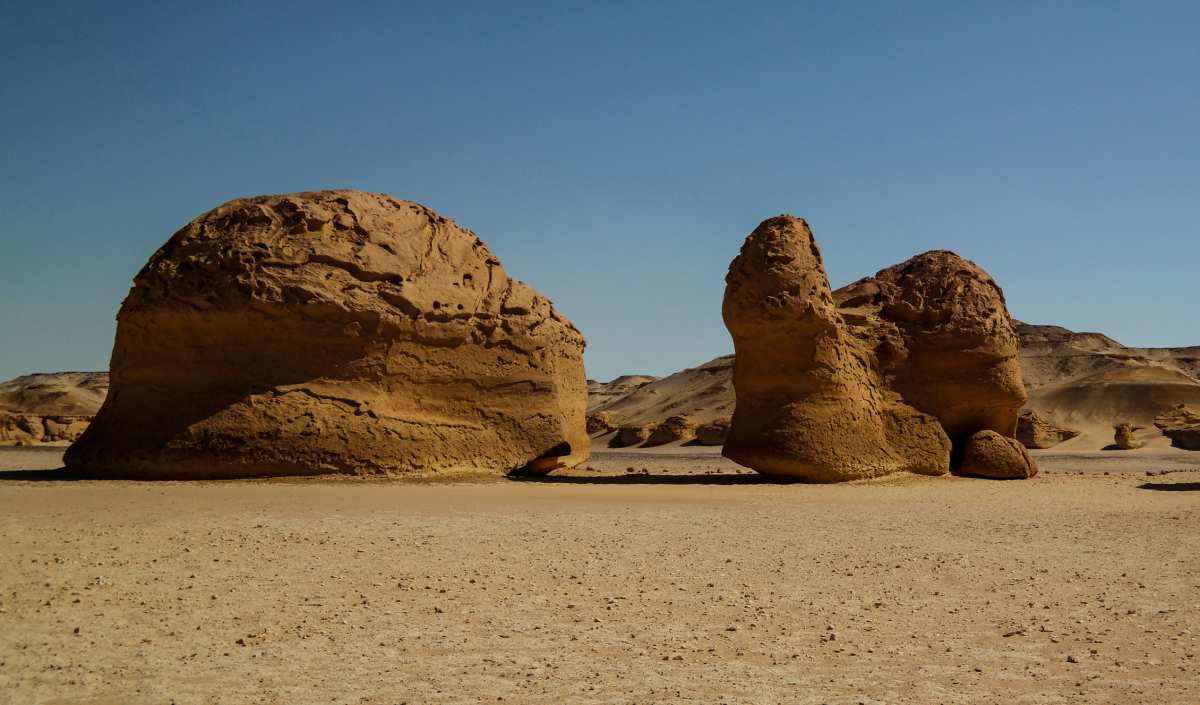
At the end of a long, unsealed trail lies a humongous bony skeleton of a predator, with a spine the length of a cricket pitch and ribs splayed on either side like stumps knocked down by a spin bowler, as National Geographic describes. “When scientists first discovered this creature, they thought it was a gigantic marine reptile,” Hesham Sallam, lead palaeontologist at Wadi al-Hitan, told the outlet, “So they named it Basilosaurus, which means ‘king lizard’. It was only later that they realised it’s actually an ancient whale.”
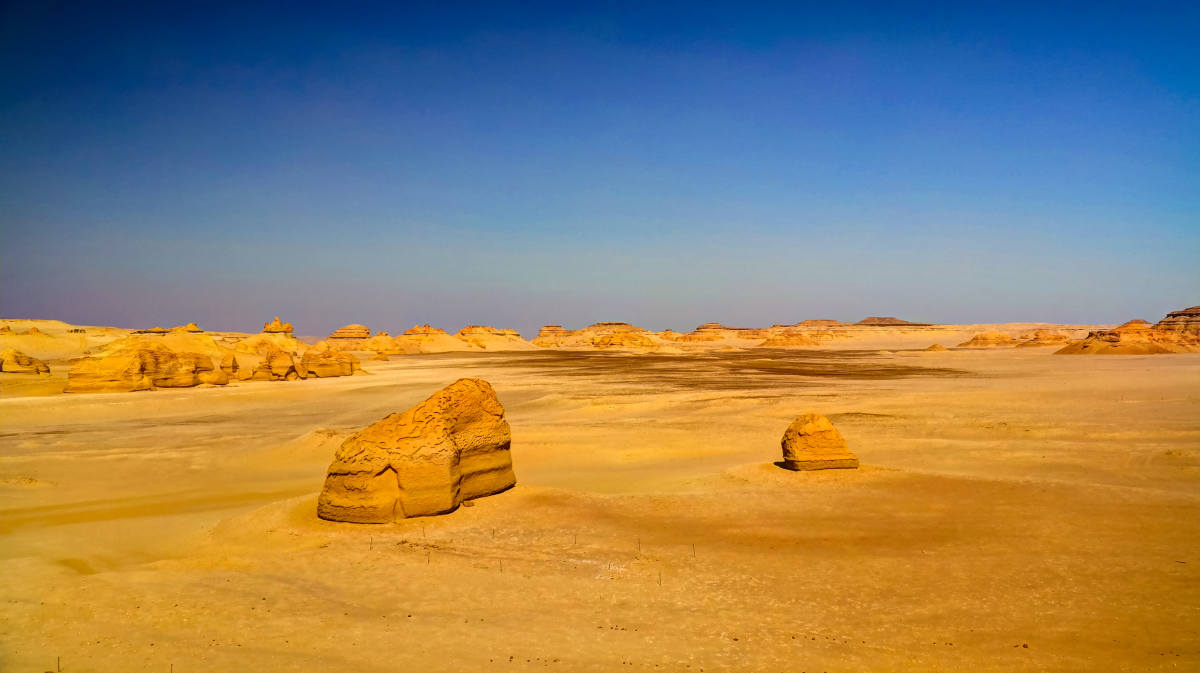
Peppered with archaic whale skeletons, the desert is one of the few evidence that tells the bygone stories of whales, confirming that they were once land-based animals and not ocean-dwelling mammals. Whale Valley is the largest whale graveyard in the world, with over 400 exquisitely preserved prehistoric whale skeletons along with skeletons of other creatures like sea cows. Now a fragment of the Sahara, the site doubles up as a treasure trove for archaeologists and treasure hunters who are fascinated by these fossilized skeletons, some of which date back as long as 40 million years ago.
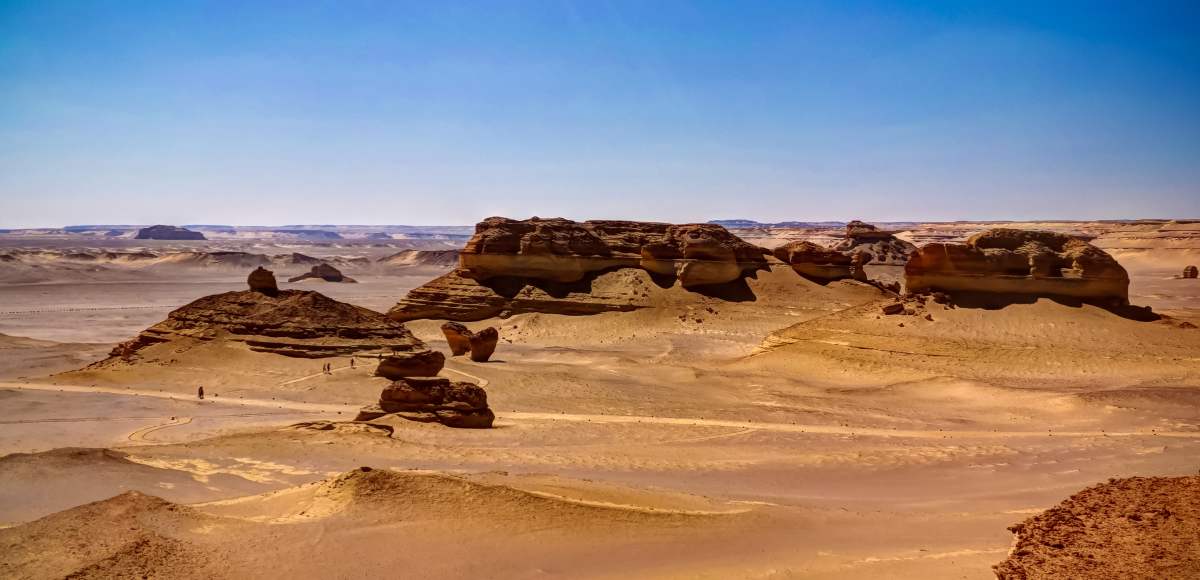
Modern-day whales lack hind limbs, but still have pelvic bones. This suggests that they once had legs, and if they had legs, it means they used them for walking on land, too, as hypothesized by the researchers of the University of Hawaii. At present, this factoid might sound like a piece of creepy science fiction, but imagine yourself handshaking a whale while strolling in a museum’s corridor. Sounds weird, but archaeologists believe that the whales today evolved from ancestors called “archaeocetes,” a group of mammals from the Eocene.
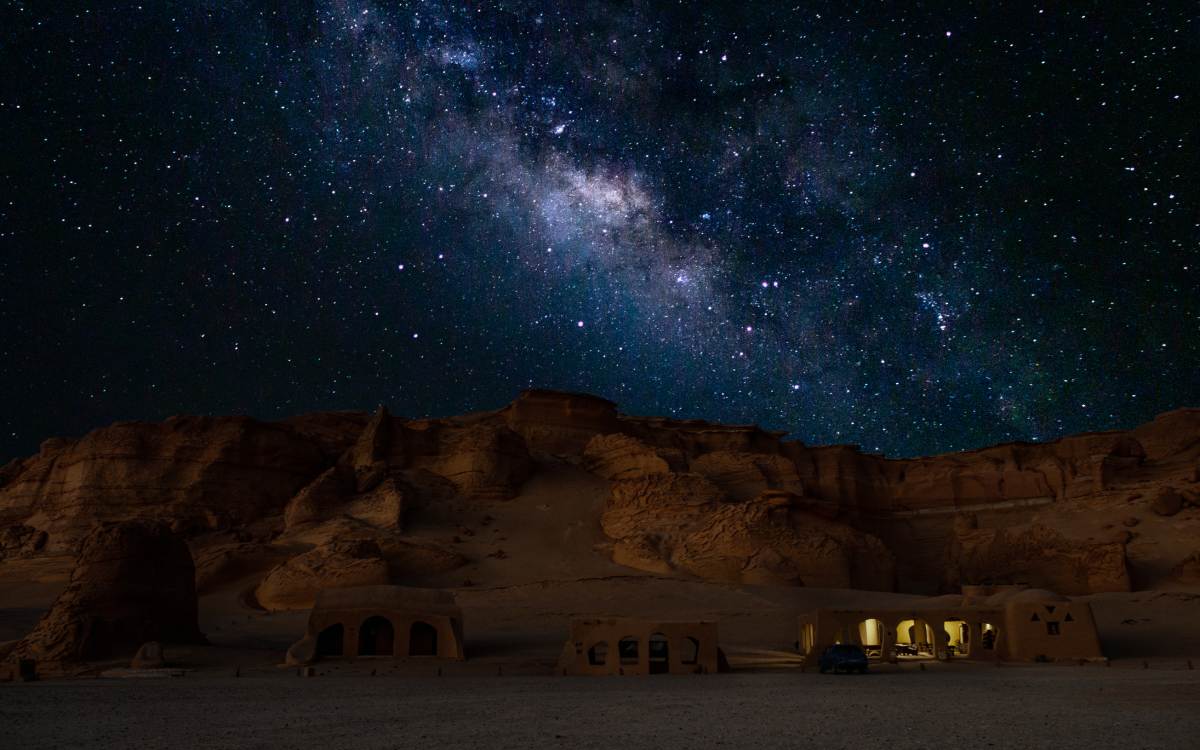
UNESCO says that, since the beginning of the 20th century, paleontologists have unearthed more than 400 ancient whale skeletons from Whale Valley, starting in 1902. This year, a never-before-seen species called “Basilosaurus isis” was discovered with a length extending up to 60 feet. According to a 2019 study published in PLOS One, these whales dined on smaller whales, probably crushing their skulls before gulping them down.
“At less than half a meter in length the diminutive limbs probably would not have assisted Basilosaurus in swimming and certainly would not have enabled it to walk on land,” explains UNESCO. However, as IFL Science points out, these whales could have used these limbs when it came to aquatic mating. Manja Voss, a marine mammal expert, shared with Live Science that these whales had a “long snout and were armed with pointed incisors and sharp cheek teeth.”
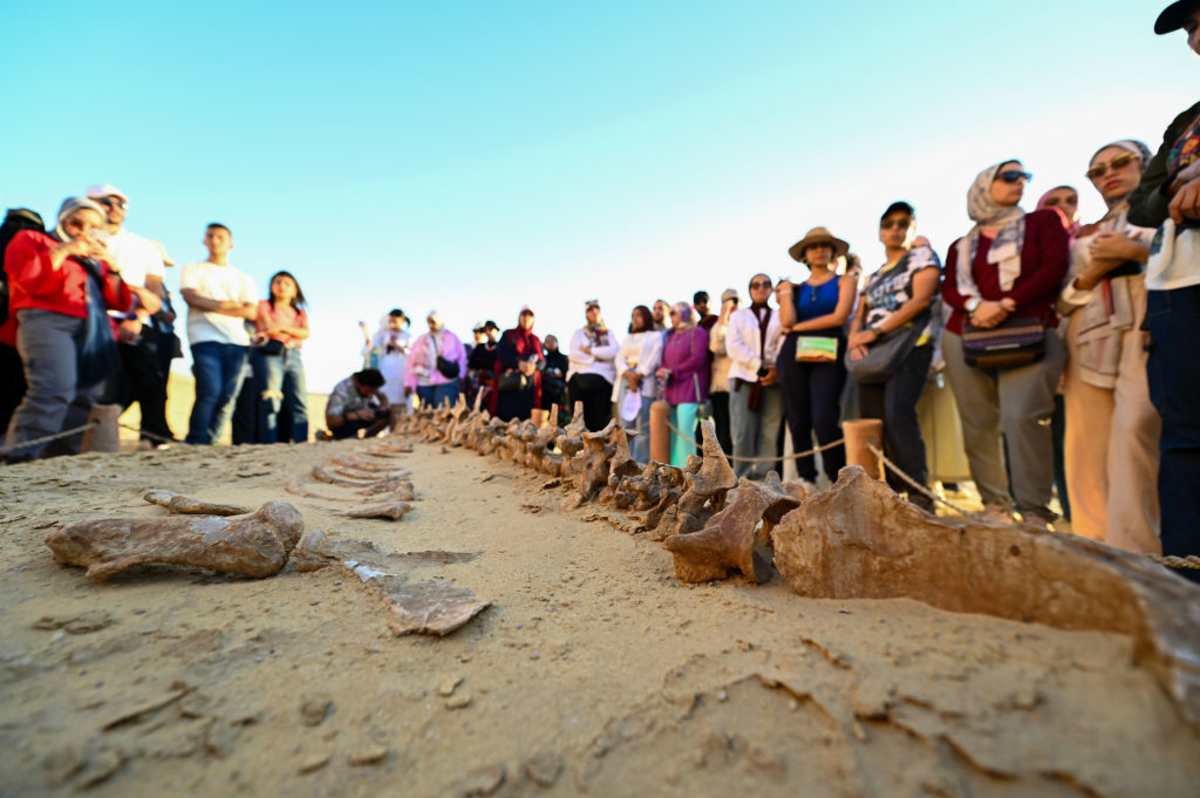
Reflecting on the wondrous mystery of the Whale Valley, Sallam told National Geographic, “It’s like being able to see evolution with your naked eye and touch it with your hand. You have to be careful where you walk, because there are fossils everywhere and you never know what new discovery may be under your feet.”
More on Green Matters
Silence of the Whales — The Scary Reason Blue Whales Have Gone Silent in the Pacific Ocean
Man Loses His Camera in the Ocean and Captures Stunning Visuals of a Humpback Whale Interaction
Scuba Diver Finds 'Ocean Graveyard' in North Carolina — Then He Took a Closer Look at The Bottom